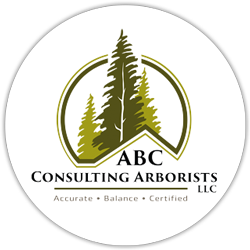Health / Risk Assessment
Unlike most consulting arborists, we have consultants who are able to climb trees to complete aerial assessments. We use state-of-the-art evaluation tools, including drilling for internal decay detection when deemed prudent, to assess trees.
Our approach is intended to save valuable trees and identify those that are of concern for potential risk.
We provide detailed custom management plans for each evaluated tree, with instructions for pruning or removal to reduce risk, diagnosis and treatment recommendations to improve health, and general tree care instructions can be included in the assessment.
Our ISA Qualified Tree Risk Assessors use the current tree risk assessment methods, a science-based approach, using ANSI A300 Part 9 methods.
We also work closely with plant pathologists and testing labs, which enables us to make broad-based and accurate assessments and develop effective treatment plan.
There are 3 levels of assessment your consultant can work with you to determine what level is best for your situation and budget
- The crown of the tree is examined for current vigor. Inspecting the crown (foliage, buds and branches) for color, density, form, and annual shoot growth, limb dieback and disease. Branches are inspected for cracks and other defects, as well as needs for remedial
- The bole or main stem of the tree is inspected for decay, which includes cavities, wounds, fruiting bodies of decay (conks or mushrooms), seams, insects, bleeding, callus development, broken or dead tops, structural defects and unnatural Structural defects include crooks, forks with V-shaped crotches, multiple attachments, and excessive sweep.
- The root collar and roots are inspected for the presence of decay, insects and/or damage, as well as if they have been injured, undermined or exposed, or original grade has been
Basic is the standard assessment that is performed by arborists in response to a client’s request for tree risk assessment.
Inspection tools include: binoculars, hypsometer, magnifying glass, mallet, trowel, shovel, & probe may be used. Drilling for root and trunk decay may be included for an additional fee.


